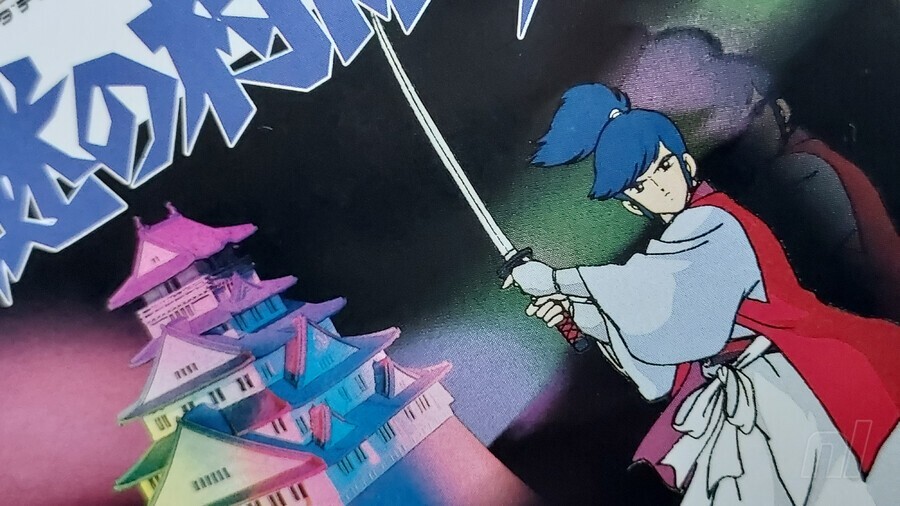
Update [31st Oct 2023]: Well, would you believe it? Nintendo only went and dropped the game on Switch Online as a Halloween treat. Enjoy!
Something very mysterious is going on with a sadly obscure but fondly remembered gem from the Famicom era. It was built on the same game engine as the original Legend of Zelda, but unlike Link who decades on remains at the vaunted heights of gaming’s all-time greats, the protagonist of this bygone classic never even got a proper international release in its day, never mind a sequel.
Spare a thought, then, for the lone samurai Takamaru.
To say that The Mysterious Murasame Castle, initially released in 1986 on the Famicom Disk System, still holds up well is an understatement. It offers up some of the snappiest gameplay of the 8-bit era and has over the years been given numerous nods by Nintendo themselves. The fact that it remains missing in action on the Switch is both baffling and a glaring missed opportunity.
That is particularly since the recent closure of the 3DS eShop eliminated the only means of legally purchasing the game with its first international release in 2014 via Virtual Console. Apart from the proprietary floppy disks that ran on the Famicom’s Japan-exclusive hardware add-on, its only other physical release came when was ported to the Game Boy Advance in Japan in 2004.
Today, Murasame Castle is currently nowhere to be seen on the Nintendo Switch Online service, neither in the West nor Japan, making the 36-year-old title more elusive than ever. That is a real shame, especially considering how revered it continues to be, with the likes of Hideki Kamiya and Suda51 both saying in recent years how they would love to do a modern reboot.
But what exactly makes this game so compelling? Murasame Castle is the end-product of the Zelda team’s experimentation with adding speed to their game engine. Though retaining a top-down angle, it eschews the puzzling and slower-paced exploration of Link’s maiden entry in favour of a more linear, action-oriented experience that, oddly enough, is often compared to a bullet-hell shooter.
Set in Edo period Japan, the skilled swordsman Takamaru is called upon by the ruling shogunate after an extraterrestrial object falls out of the sky and possesses the large stone statue of a creature known as Murasame, which uses its dark influence to take control of the titular castle while possessing the daimyos, or lords, of four other neighbouring castles.
Wielding a katana for close quarters and an infinite supply of upgradable shuriken for ranged attacks, Takamaru must beat back wave after wave of ninjas, demons, and assorted baddies while infiltrating each of the five castles. With seemingly everything that moves trying to kill you, a medley of superbly catchy themes from legendary composer Koji Kondo ties it together beautifully.
Like many games of the era, Murasame Castle is difficult – especially so in its latter half. Though it is also fair and surmountable, with a checkpoint system at the start or mid-point of each respective stage. It is entirely a game of skill, with progress depending on the player’s prowess in weaving through chaotic battles and grabbing power-ups for more effective killing blows.
Takamaru can parry most incoming projectiles while dispensing fireballs, casting lightning bolts, and harnessing invisibility. Each castle brings progressively more difficult foes and frantic battles, with the only reprieve being extra lives granted when daughters of noblemen held captive in the castles are rescued. The blue-haired warrior can withstand three hits from an enemy before losing a life.
In contrast to the fantastical Mushroom Kingdom and Hyrule, Takamaru’s world is one steeped in Japanese culture, and it is said that this apparent lack of 'universal appeal' was the factor that most played into its Japanese exclusivity. But the Nintendo Entertainment System was no stranger to ninja games and Eastern themes, and Murasame Castle’s gameplay absolutely speaks for itself.


